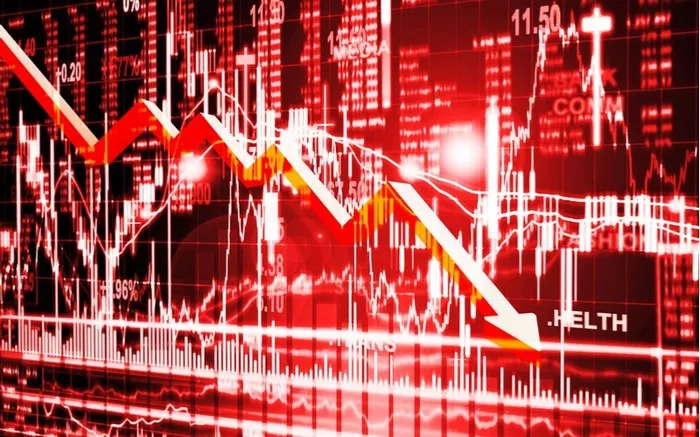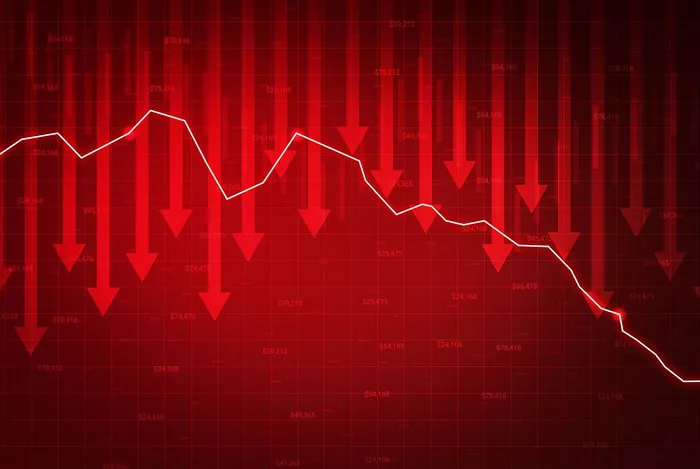In the world of investing, one of the key factors that investors often consider when choosing stocks is the potential income that can be generated from owning those stocks. This income primarily comes in the form of dividends. Dividends are payments made by companies to their shareholders, typically on a quarterly basis, and they can be a significant source of revenue for investors.
A critical metric that investors use to evaluate how much income they can expect from their stock holdings is the dividend yield. This article will provide a comprehensive understanding of what dividend yield is, how it is calculated, its significance, and how investors can use it as a tool for making informed investment decisions.
Understanding Dividend Yield
Dividend yield is a financial ratio that indicates the annual dividend income an investor can expect to receive from a stock as a percentage of the stock’s current market price. It represents the return on investment in the form of dividends, making it an essential tool for income-focused investors, such as retirees, who rely on steady income streams from their investments.
Importance of Dividend Yield for Investors
Income Generation
For many investors, the primary appeal of dividend-paying stocks is the income they generate. Dividend yield provides a simple way to estimate how much income an investor can earn from their investment in a specific stock. This makes dividend yield particularly attractive to income-seeking investors, such as retirees, who rely on their investments to provide consistent cash flow.
Assessing Investment Potential
Dividend yield also allows investors to compare the potential income returns across different stocks or investment options. Stocks with higher dividend yields may appear attractive, especially for income-focused investors. However, it is crucial to assess the sustainability of these dividends, as high yields can sometimes indicate underlying issues with the company’s financial health.
Risk Management
Investors use dividend yield as part of their risk management strategy. Dividend-paying stocks tend to be from established companies with stable earnings, such as blue-chip stocks. These companies often have a consistent track record of paying dividends, which can offer stability in uncertain market conditions. As a result, dividend yield is often associated with less risk compared to growth stocks that may not pay dividends but are focused on capital appreciation.
Total Return Considerations
Dividend yield is just one aspect of a stock’s total return. While it measures the income component of the return, investors should also consider capital gains, or the appreciation in the stock price. The total return is the combination of the dividend income and any price changes. For example, a stock with a 5% dividend yield might also appreciate in value, adding to the total return of the investment.
Factors Influencing Dividend Yield
Several factors influence a company’s dividend yield. Understanding these factors can help investors make more informed decisions about which stocks to invest in.
Dividend Policy of the Company
Each company has a different dividend policy, which determines how much of its profits are paid out to shareholders in the form of dividends. Some companies prioritize reinvesting profits into growth opportunities, which may result in lower or no dividends. On the other hand, companies that prioritize returning value to shareholders often have higher dividend yields.
Stock Price
The stock price plays a direct role in determining the dividend yield. If the stock price increases while the dividend remains unchanged, the dividend yield will decrease. Conversely, if the stock price falls while the dividend remains stable, the dividend yield will increase. Therefore, investors must consider both the stock price and the dividend payout when evaluating dividend yield.
Earnings and Profitability
The sustainability of a company’s dividend yield is largely determined by its earnings and profitability. A company with strong, consistent earnings is more likely to maintain or grow its dividend payments over time. Conversely, companies with declining earnings may need to reduce or eliminate dividends to conserve cash. Investors should assess a company’s earnings history and future prospects to gauge the sustainability of its dividend yield.
Payout Ratio
The payout ratio is the proportion of earnings that a company pays out as dividends. It is calculated as:
Payout Ratio=(Dividend Per ShareEarnings Per Share)×100\text{Payout Ratio} = \left(\frac{\text{Dividend Per Share}}{\text{Earnings Per Share}}\right) \times 100
A high payout ratio may indicate that a company is paying out more than it can sustainably afford, which can lead to dividend cuts in the future. A lower payout ratio, on the other hand, may suggest that the company has room to increase dividends or weather economic downturns without sacrificing its dividend payments.
Inflation and Interest Rates
Inflation and interest rates can also impact dividend yield. In a low-interest-rate environment, dividend-paying stocks may become more attractive because they offer a higher yield compared to bonds or savings accounts. However, if inflation rises significantly, it could erode the purchasing power of dividend payments, affecting the attractiveness of dividend yields.
Industry Sector
Different industries have different approaches to dividend payments. For example, utility companies and consumer staples often have stable earnings and high dividend payouts, resulting in higher dividend yields. Conversely, technology and growth stocks typically reinvest profits into research and development, leading to lower or no dividends.
Interpreting Dividend Yield
While dividend yield can provide useful insights, it is essential for investors to interpret this metric in the context of other factors, such as the company’s financial health, earnings growth, and market conditions. A high dividend yield can be attractive, but it may not always be sustainable or indicative of a strong investment.
High Dividend Yield
A high dividend yield may suggest that a stock is undervalued or that the company is generating strong profits. However, it is also important to consider the risks associated with high dividend yields. In some cases, a high yield may signal that the stock price has fallen sharply, which could be due to underlying financial problems. In such cases, the company may be struggling to maintain its dividend payments, and the dividend yield may not be sustainable in the long term.
Low Dividend Yield
On the other hand, a low dividend yield may indicate that a company is reinvesting its profits into growth opportunities rather than paying out dividends. This is common among growth stocks, which focus on capital appreciation rather than income generation. While low dividend yields may be disappointing for income-seeking investors, they may still appeal to those looking for long-term capital gains.
Dividend Yield and Dividend Growth
For many investors, the growth of dividends over time is just as important as the initial dividend yield. Companies that consistently increase their dividends can provide a growing income stream, which can be particularly appealing during periods of inflation. Dividend growth stocks are often seen as a way to protect against inflation and generate reliable income over time.
Dividend Yield vs. Dividend Growth Rate
While dividend yield focuses on the immediate return an investor can expect from a stock’s dividend, the dividend growth rate focuses on the rate at which the company’s dividend is expected to grow over time. Both metrics are important for investors seeking income from their investments, but they serve different purposes.
Dividend Yield
Dividend yield provides an immediate measure of income return based on the current stock price. It is a snapshot of the income an investor can expect from a stock’s dividends at a particular point in time.
Dividend Growth Rate
Dividend growth rate measures how much a company’s dividend is expected to increase over time. A higher growth rate means that investors can expect their dividend income to grow in the future, which can be beneficial for long-term income generation.
For long-term investors, a combination of a solid dividend yield and a strong dividend growth rate is often more attractive than a high yield alone. This ensures that the investor not only receives income but also benefits from the increasing value of that income over time.
How to Use Dividend Yield in Investment Decisions
When using dividend yield in investment decisions, investors should consider several factors to ensure they are making sound choices.
Assessing Dividend Sustainability
Investors should evaluate the sustainability of a company’s dividend payments by looking at its earnings, payout ratio, and financial health. A company with a high dividend yield but a high payout ratio may be at risk of cutting dividends in the future. On the other hand, a company with a lower yield but a lower payout ratio may have more room to increase dividends in the future.
Comparing Dividend Yields Across Sectors
Dividend yield can vary significantly across different sectors. For example, utility stocks tend to offer higher yields compared to technology stocks. By comparing dividend yields within a particular sector, investors can identify the best opportunities for income generation.
Balancing Dividend Yield with Total Return
While dividend yield is important, investors should also consider other factors, such as capital appreciation, when making investment decisions. A high dividend yield may not always be enough if the stock is not appreciating in value. By focusing on both income and total return, investors can build a well-rounded portfolio.
Conclusion
Dividend yield is an important metric for income-focused investors who rely on dividend payments to generate consistent cash flow. Understanding how dividend yield is calculated, its significance, and the factors that influence it can help investors make informed decisions about which stocks to invest in. While high dividend yields can be attractive, it is crucial for investors to evaluate the sustainability of the dividend and consider other factors, such as the company’s financial health and growth potential, when making investment decisions.
Ultimately, dividend yield is just one piece of the puzzle when it comes to evaluating stocks. By considering dividend yield in conjunction with other metrics, investors can build a portfolio that aligns with their income goals and risk tolerance.
Related topics:


































